One of our objectives at Near Future Laboratory is to help carry Design Fiction to maturity and any interrogation or critique from the public is a source of reflection and an opportunity for describing our understanding as to what Design Fiction is, how it’s best practiced, and in what ways it can evolve.
We frequently receive requests from journalists, students, fellow practitioners and clients to describe Design Fiction and shed some light on our approach as a micro-multinational company. All the questions are legitimate as Design Fiction was, not a long time ago, still an emerging practice. We have gathered here a potpourri of the recent recurrent questions. Many thanks to their authors for their curiosity.
This is the Q&A on our approach of Design Fiction as of Summer 2015.
We are interested in foresight; futures research and in this idea that we can’t predict, but anticipate and speculate on near future worlds
Q — You are working on future exploration. How is speculation incorporated in your work?
NFL — At The Near Future Laboratory, three of us have a background in academic research, and one in industrial design, all with a proven experience of multi/inter/un-disciplinary work. We are interested in foresight; futures research and in this idea that we can’t predict, but anticipate and speculate on near future worlds. We grew interest in design and how designers work, and think there is a strong potential in connecting between these two fields, future and design. This appeared particularly true with the recent increasing capacity to design, build and prototype tangible things fast and at low budget.
In 2009, we chose the notion of Design Fiction and began to develop it. We started to investigate how design can help to materialize and to make tangible scenarios about a near future by using very mundane artefacts that we can craft and design. We introduced and appropriated the term ‘diegetic prototypes’ to account for the ways in which cinematic depictions of future technologies demonstrate to large public audiences a technology’s need, viability and benevolence. These technologies only exist in the fictional world — what film scholars call the diegesis — but they exist as fully functioning objects in that world. For instance, we produced catalogs, newspapers or user manuals from the future, which are objects that could be designed to exemplify and to materialize these scenarios about possible futures for clients as well as for our own investigations.
Today, for each project we engage with a growing list of Design Fiction archetypes (e.g. unboxing videos, user reviews), we test alternative approaches, draw their processes and debate the best practices of Design Fiction.
Somebody’s future is somebody else’s present. We are particularly attentive to “weak signals” of the everyday life in form of behaviors, new rituals and frictions.
Q — What is the difference between your work at the Near Future Laboratory and that of other more traditional designers?
NFL — We are a bit peculiar in our studio structure. We are what you might call a ‘micro-multinational’ company with headquarters in Venice Beach, San Francisco, Geneva and Barcelona. We came together through our academic careers, but mostly driven through our curiosities about the emerging practices of a peculiarly transforming world — the networked world. As academics, we were trained to question and interrogate emerging social, technological, cultural practices that we observed — and there were plenty of weird emerging social practices around the first, second and third dot-com events. Those observations led us to consider implications and consequences, and develop our own set of techniques for understanding and then communicating our insights.
We are particularly attentive to “weak signals” of the everyday life in form of behaviors, new rituals and frictions. For instance in TBD Catalog we depict a fantastic near future translated into its inevitably fraught, low-battery, poor reception, broken firmware, normal, ordinary, everyday sensibilities. It is neither boom, nor bust. It is just the near future as if it was now.
We have largely eschewed the traditional academic channels of research papers, academic conference talks and the like. Producing evocative little pamphlets, fictional product catalogs, software that is quite counter to prevailing intuition about what software should be, little hardware devices that are designed to be used less rather than more — these are the kinds of provocations we like to produce. Not academic papers or typical research studies. We found it more engaging and more to our own individual sensibilities to produce material that was available to larger, more public audiences. We also have a strong instinct towards making things — props, prototypes, objects, software, devices, films — that we felt told stories about implications of modern society more effectively than pure academic prose.
Q — Which are the steps of the process of thinking and designing a new and still unknown product?
NFL — Depending on projects and client, the starting point of a Design Fiction can be a new technology (e.g. self-driving cars), evidences of a practice (e.g. gestural interaction with technology), a vision described in a few sentences (e.g. the bank of the future), a full investigation (e.g. the future of water) or a whole field (e.g. big data in sport). Alternatively, we developed our own Design Fiction Product Design Work Kit to help define the core elements of a designed product.
Then we run materialization of conversations amongst a small group often composed of a mix of visual/industrial/product designers, makers, researchers, curators, creatives, engineers and writers. Together we express the pragmatic concerns, ambitions, fears, everyday needs and wishes of the inhabitants of some envisioned near future. Also, we consider the evolution of the ways and means of production of the near future, as well as shifts in the dynamics of creativity, law, norms, economic models, aesthetic, social and personal values and incumbent measures of cultural achievement. We then turn talk into deliberate actions and artifacts (i.e. “diegetic prototypes”), that is material from a near future represented as fully functioning objects in that world: a product catalogue, a manual, an app, a Kickstarter, a magazine, advertisement, popular book review or cover jacket, news broadcast, talk show interview, unboxing video, medical prescription, a video showing a days in the life of a particular character, etc.
In Design Fiction we make implications without making predictions.
Q — What is the aim of designing products that do not really exist? Or asked differently, how do you know that the future will be approximately like the one you describe?
NFL — Design Fiction doesn’t so much “predict” the future. It is a way to consider the future differently; a way to tell stories about alternatives and unexpected trajectories; a way to discuss a different kind of future than the typical bifurcation into utopian and dystopian.
In Design Fiction we make implications without making predictions. We propose and build elements of a possible future without being too precious or detailed about them. Our aim is to spark conversations about the near future, check the sanity of visions and uncover hidden perspectives. Our work serves to design-develop prototypes and shape embryonic concepts in order to discard them, make them better, or reconsider what we may take for granted today.
For instance in our Pilot Helios Quick Start Guide, we consider what would be the experience of a self-driving car owner: when driving, no driving, when using the car in an automatic mode or not. We listed the main issues about how to adapt to that, the problem that may appear, the kind of regulation likely to be adopted, etc. Since we worked with a good group of 15 designers from various part of the world to do that, the answers were quite broad and enabled us to embrace a wide range of options that describe how such service may come to be.
The Design Fictions act as a totem for discussion and evaluation of changes that could bend visions and trajectories
Q — In your Design Fictions, do you also take into account the technical characteristics of the products and services?
NFL — With our engineering backgrounds, we are fairly aware of the technical features of a device and the technologies that lay beneath them. However, technical constraints do not lead to fertile creative process and discussions. We do not stop to think that — because something is not technologically possible or too expensive today — it should be removed from consideration. What if there is a breakthrough or what is there are legal, social, ethical or economic changes that make a certain limitation become possible? We want our clients or the public in general to suspend their disbelief as to what is possible and focus on the implications for the company, a product, its customers and society in general, because our techno-cultural-political world is weird.
Our approach of Design Fiction is a way to perform “micro” future studies that pays particular attention on the everyday life and the standard objects or services that might fill possible futures.
Q — What is your interest in using Design Fiction methods when it comes to deal with possible futures?
NFL — We do not position ourselves as “optimists” or “pessimists” when it comes to technological evolutions. We are not exuberant about the future of 3D printing, nor Google-powered autonomous vehicles. At the same time, we aren’t apocalyptics who believe Algorithms will lead us to Terminator-like smoldering ruin. We are not in the business of making predictions — rather, we make multiple propositions meant to lead to productive conversations about what’s next. Creating representations of our perspectives in material form produces these conversations and discussions. This is our goal.
To contrast with other similar design approaches, we think Design Fiction is a bit different from critical design, which is a bit more abstract and theoretical compared to our own interest in design happening outside of galleries or museums. Design Fiction is about exploring a future mundane. It tackles a future-oriented problem or opportunity with an everyday-object to address it to anyone who could be concerned in few years.
In many cases, time horizons of innovation have shorten and we believe that the 5-10-30 years timeline is no longer useful today
The old models of scenario planning from the mid-century and newer models referred to as design research from the late 20th century considered to future to be 5-10-30 years forward. In many cases, time horizons of innovation have shorten and we believe this timeline is no longer useful today. The effects of the network, the ways and pace by which ideas circulate, the availability of exceptional scales of funding and resources for even the craziest of ideas by very anxious, eager, intrepid entrepreneurs, the importance of “fixing” the world’s problems much quicker than 10 years — all of these indicate that we need a new set of tools to develop solutions to our ideas that don’t work at the old-fashioned scales of large governments and world organizations. We need tools, approaches and ways of thinking that are based on the pace of the modern human creative apparatus, that can find possibilities in unexpected places that are not known in advance. This is what Design Fiction is able to do and why it is an important creative design tool.
That being said, our interest is not to focus on abstract and theoretical perspectives, but rather to make people conscious about certain changes and opportunities. They can be technological, social or political. This goal makes us think about the right artifact or the right format to start a discussion with people about these stakes and uncover hidden perspectives. When we say people, we mean anybody, not necessarily specialists. Hence, we are interested in very mundane and banal type of artifacts to create this discussion. It’s not necessarily about making people believe that these things have already happened in reality, with a fictional product for example, but to raise awareness that there are weird possibilities and changes going on.
Unlike other foresight studies which remain generally quite polished and theoretical, we are less formal in our approach. We do not invest too much time in measuring and analyzing the macro variables of change, the “big shifts” or “large crisis”. We are influenced by design and have a more implicit way of operating that starts with finding the appropriate representations of a possible future. Our approach of Design Fiction is a way to perform “micro” future studies that pays particular attention on the everyday life (e.g. the rituals, the behaviors, the frictions), its short term evolutions (3-5 years) and the standard objects or services that might fill these possible futures. The Design Fictions act as a totem for discussion and evaluation of changes that could bend visions and trajectories. This emphasis on the relation of individuals with technology contrasts with classical future scenarios that analyze the world at longer terms and a large range of variables.
For our clients a successful Design Fiction means that they can feel, touch and understand near future opportunities and with convincing material of potential changes of their customers, markets, technologies, or competition.
Q — You make your work public in museums, galleries, magazines and your shop, but is Design Fiction useful for companies?
NFL — We divide our efforts between self-initiated projects that we make public and private consultancy for clients. Projects like TBD Catalog showcase the influence of designers, writers, researchers, entrepreneurs, artists and engineers in our approach of Design Fiction. Design Fiction demands creative skills as much as a capacity to understand and analyze the world, technologies, people and its evolutions. Companies approach us for our multi/inter/un-disciplinary points of view as well as our ability to propose potential near futures. Their requests rarely specifies a need for “Design Fiction”. Rather, the discussion with clients often from R&D, Innovation, or Marketing starts with more specific needs around the development of new products or services and strategic choices related to them.
Design Fiction is one approach among others, but its contribution focus on the near future and is tangible. For instance, instance of participating to workshops of multi-disciplinary experts with a powerpoint filled with ideas for a technology, we propose to create the user manual for the envisioned product or produce a video that showcases how an employee appropriates the technologies with its features and limitations. These artifacts are meant to materialize changes, opportunities and implication in the use of technologies. They particularly point out details in situations of use with the objective to avoid a “general discussion”. For instance in our Quick Start Guide project, the outcome of that Design Fiction is not the guide per se. Rather the outcome is the discussions provoked by the many diverse “real” situations described in the guide and that highlight the challenges, the issues, the frictions and the necessity to think a service into its details.
For our clients a successful Design Fiction means that they can feel, touch and understand near future opportunities and with convincing material of potential changes of their customers, markets, technologies, or competition. For instance TBD Catalog is an alternative to traditional ways of imagining, constructing and discussing possible near futures. Rather than the staid, old-fashioned, bland, unadventurous “strategy consultant’s” report or “futurist’s” white paper or bullet-pointed PowerPoint conclusion to a project, we wanted to present the results in a form that had the potential to feel as immersive as an engaging, well-told story. We wanted our insights to exist as if they were an object or an experience that might be found in the world we were describing for our client. We wanted our client to receive our insights with the shift in perspective that comes when one is able to suspend their disbelief as to what is possible.
The point is to be creative, to discuss, to debate and produce artifacts
Q — In projects like TBD Catalog are the products already invented or did you thought about all of them? Where did you take the ideas from?
NFL — Ideas and concepts come from our research mixed with evidences, imagination and dialog between people of multiple disciplines and backgrounds. Because the future is unevenly distributed and somebody’s future is somebody else’s present it is common to stumble on some concepts that are already real products/services or Kickstarter projects. Our approach is then to consider what these objects, products or service might feel or look like in one, two or three iterations? Or how might people talk about them in the near future? We don’t actually care at all if our creative process comes up with some idea that someone else has already imagined, discussed, built or sketched. The point is not to be “the first” — the point is to be creative, to discuss, to debate and produce artifacts.
Q — Which kind of improvement could be brought to your approach of Design Fiction? For instance, do you look at methods and tools borrowed from ethnography?
NFL — In projects like Curious Rituals, we employed our expertise in ethnography particularly to study and understand people’s behavior, people’s habits and their rituals, with technologies . So far we have not used ethnographic methods after the production of a Design Fiction, but mostly before as a way to feed the design process. However, there is surely something interesting to think about, in terms of getting back to the people who shaped our perspective about the future and to explain what we did with all their insights. There is also room for exploration on that side.
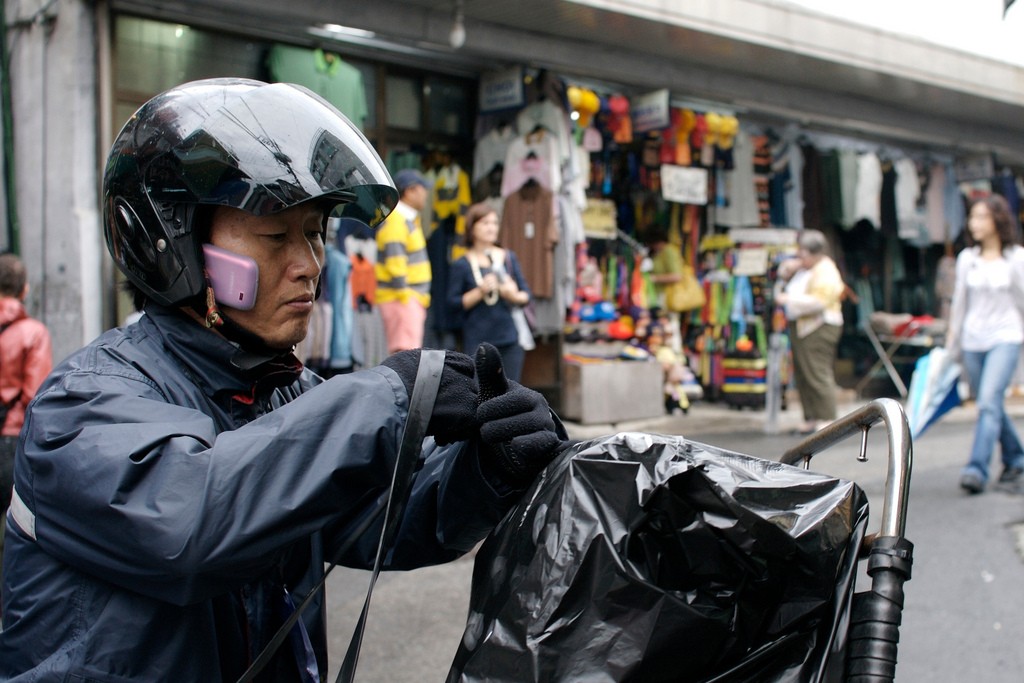
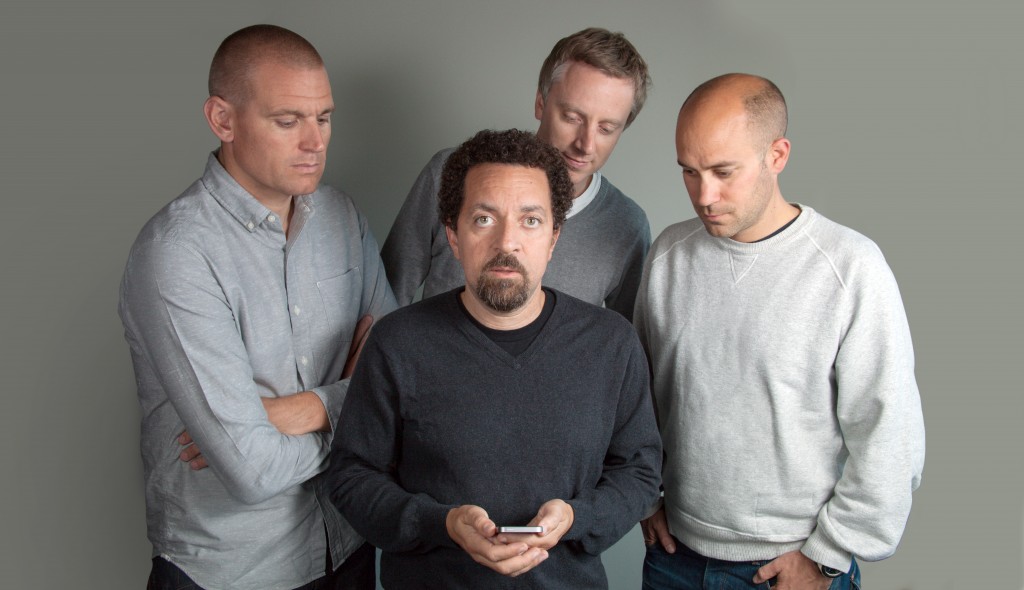
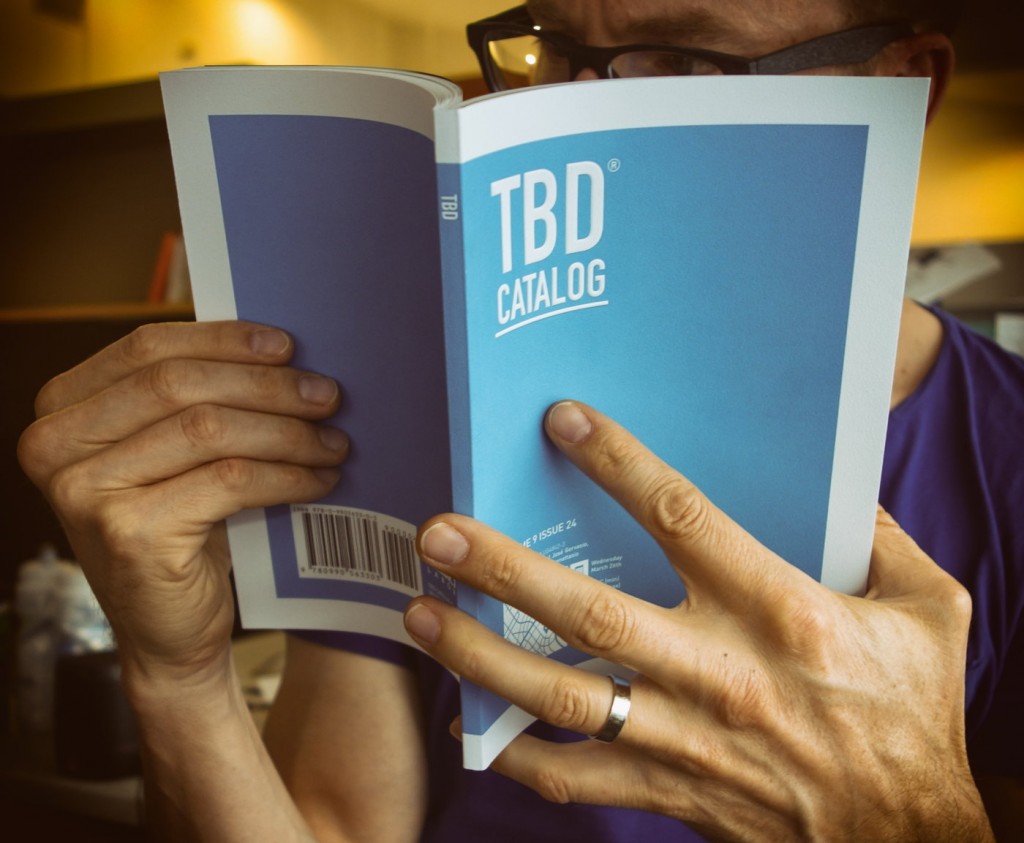
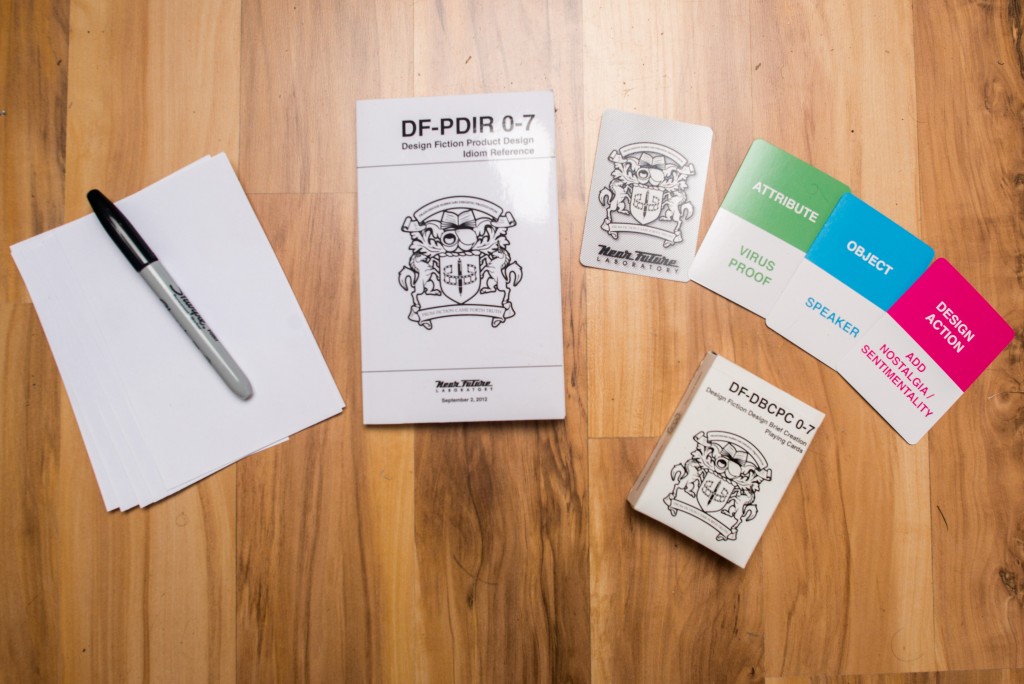

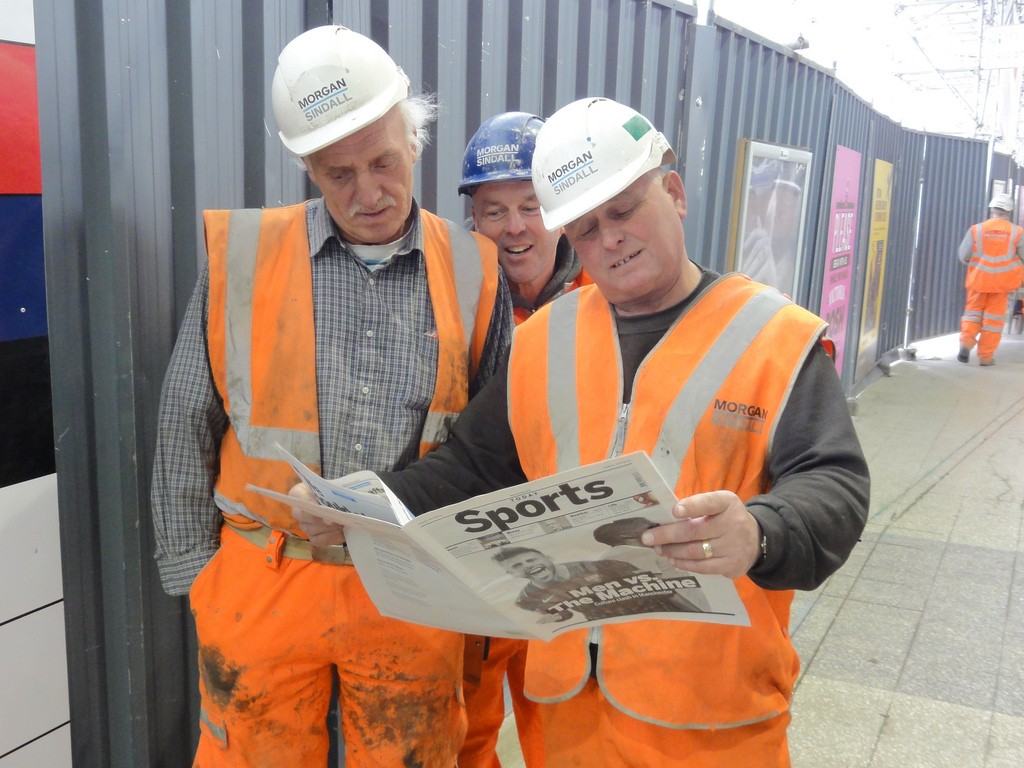
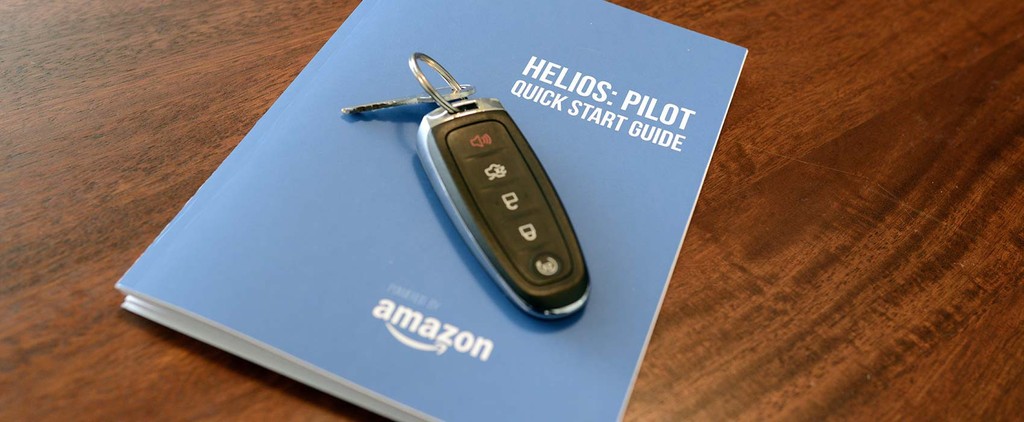
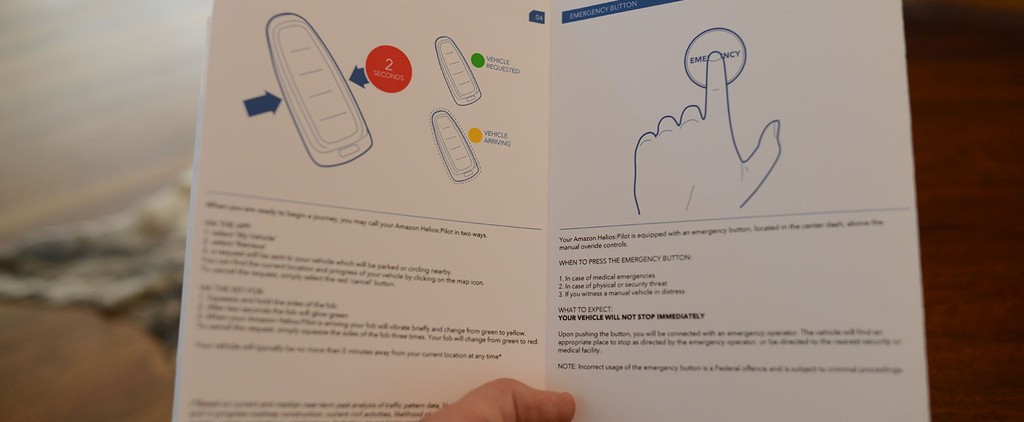
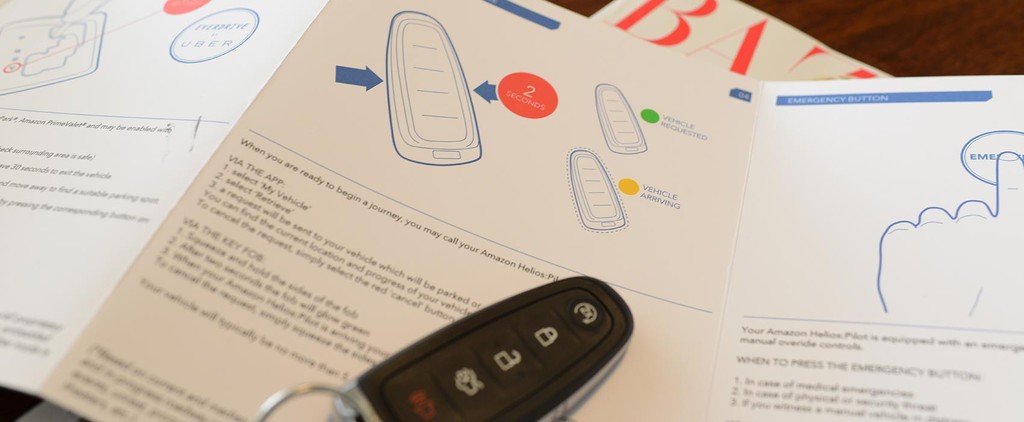
3 thoughts on “Our Approach of Design Fiction”
Comments are closed.